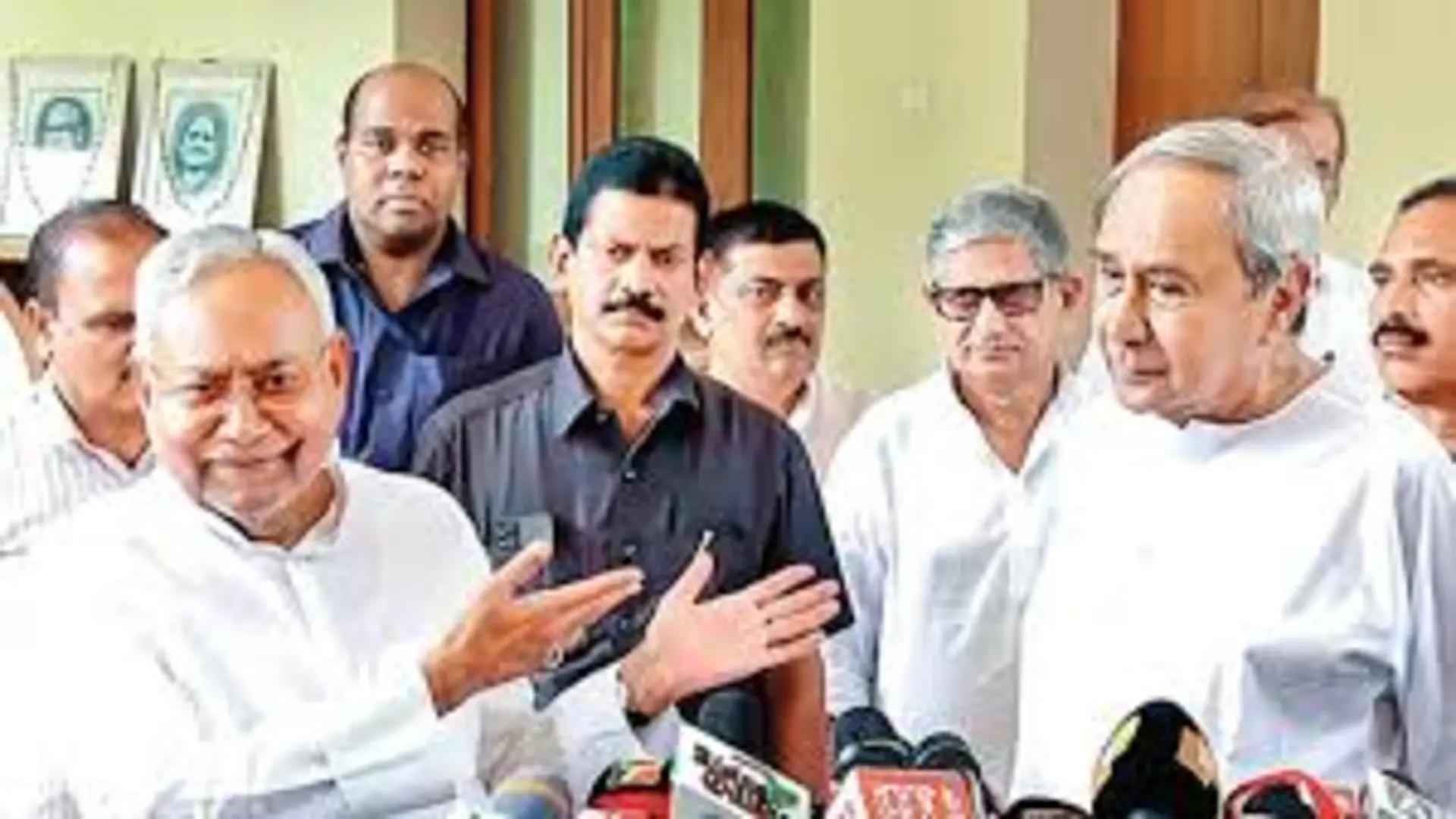In a significant turn of events, climate activist Sonam Wangchuk, along with around 120 supporters, was detained by Delhi Police late on September 30, 2024, as they attempted to march from Leh to the capital in a peaceful demonstration demanding special autonomy for Ladakh under the Sixth Schedule of the Indian Constitution. The “Delhi Chalo Padyatra,” organized by the Leh Apex Body (LAB) and the Kargil Democratic Alliance (KDA), aimed to draw attention to the pressing issues faced by the Ladakhi people and the region’s need for constitutional safeguards to protect its unique identity and environment.
The march, which started a month ago, was met with heavy police presence at the Singhu border. Despite initial expectations of an escort, the group was informed they were being detained due to prohibitory orders restricting gatherings of more than five people, a measure enforced to maintain law and order in the capital. The police cited Section 163 of the Bharatiya Nagarik Suraksha Sanhita, which allows such prohibitions, as the reason for the detentions, which included notable figures from Ladakh.
Wangchuk’s detention has sparked outrage, particularly among the residents of Ladakh. In Leh and Kargil, protests erupted as citizens expressed their solidarity with Wangchuk and called for his immediate release. Local businesses participated in a bandh, closing shops and voicing demands for the government to recognize Ladakh’s calls for autonomy. An elderly activist remarked on the peaceful nature of the march, emphasizing that the group sought to advocate for the rights of Ladakhis, not to engage in conflict.
The significance of the Sixth Schedule, which currently applies to certain northeastern states in India, is that it grants tribal areas a measure of self-governance and legislative powers. Wangchuk has been a vocal advocate for Ladakh’s inclusion under this provision, highlighting the region’s vulnerabilities and the need for legal protections amid increasing environmental and geopolitical challenges. His leadership in this movement has been crucial in rallying support for these demands over the past few years, following earlier protests that laid the groundwork for this latest action.
In a powerful statement made prior to his detention, Wangchuk described the situation as ironic, given that the march was aimed at drawing attention to the needs of the people in “the world’s largest democracy.” His commitment to a peaceful approach contrasts sharply with the government’s response, which many see as heavy-handed and oppressive.
The political ramifications of this incident are already being felt, with Delhi Chief Minister Atishi condemning the detention as indicative of the ruling BJP’s “dictatorship.” She attempted to visit Wangchuk but was barred from entering the police station, further fueling the narrative of governmental suppression against peaceful protests. Congress leaders, too, voiced their concerns, highlighting the dignity of Wangchuk as a respected figure in Ladakh and questioning the legality of the detentions.
As the situation develops, it remains to be seen how the Indian government will respond to the growing calls for autonomy from Ladakh, and whether Wangchuk and his supporters will be released in a timely manner. The eyes of the nation are on this unfolding story, as it not only pertains to the rights of Ladakh but also reflects broader themes of democratic expression and governmental accountability in India.














